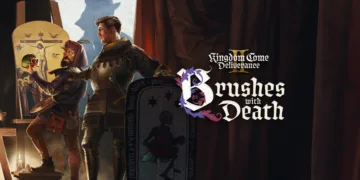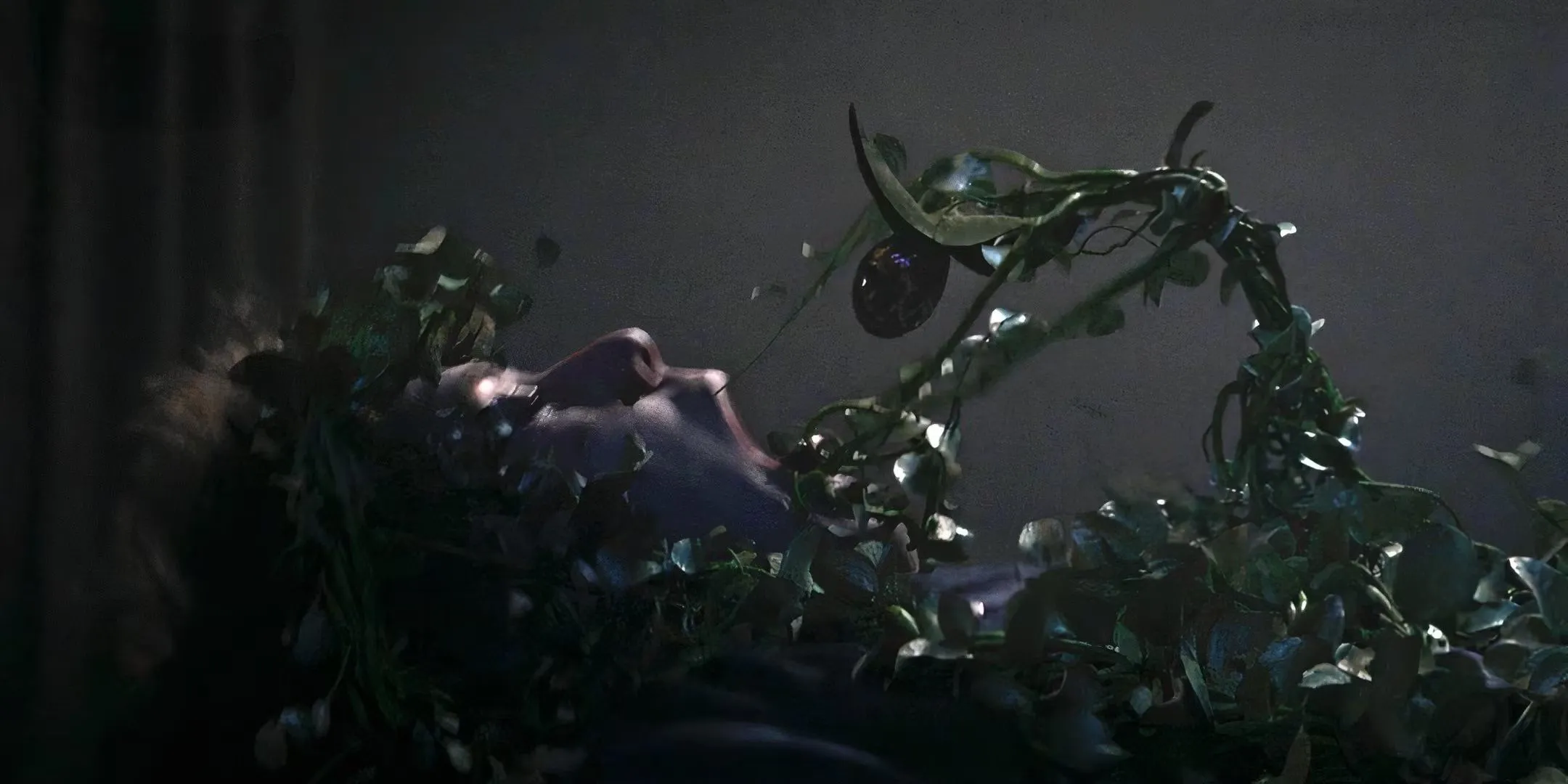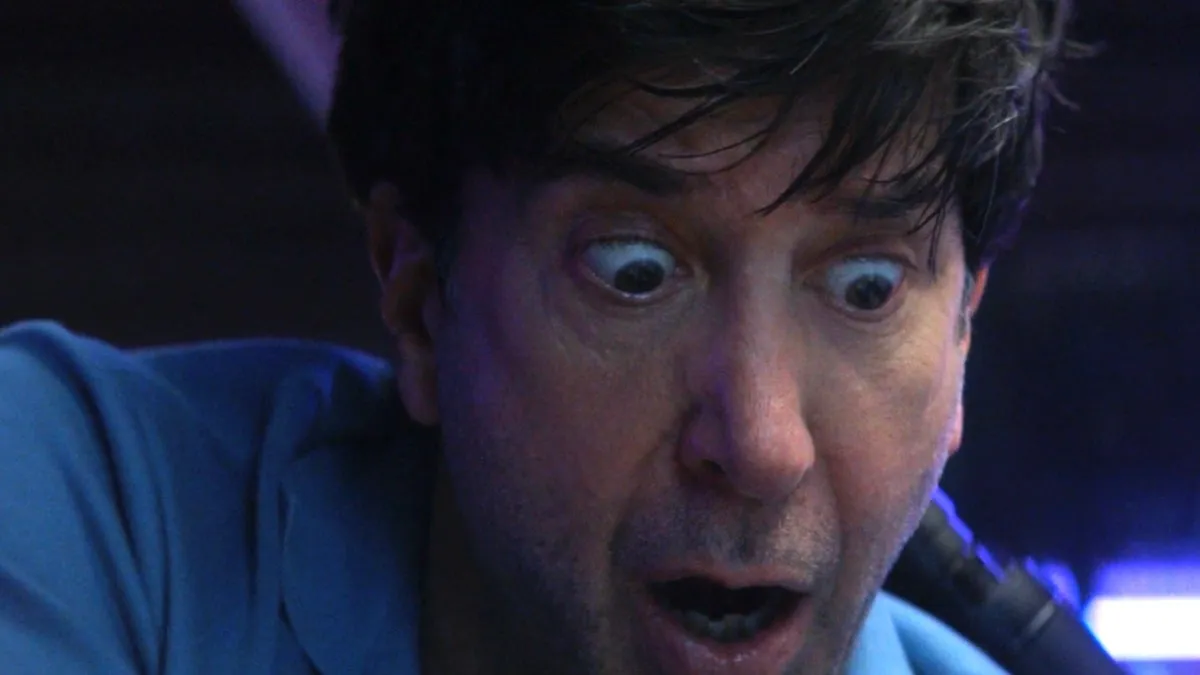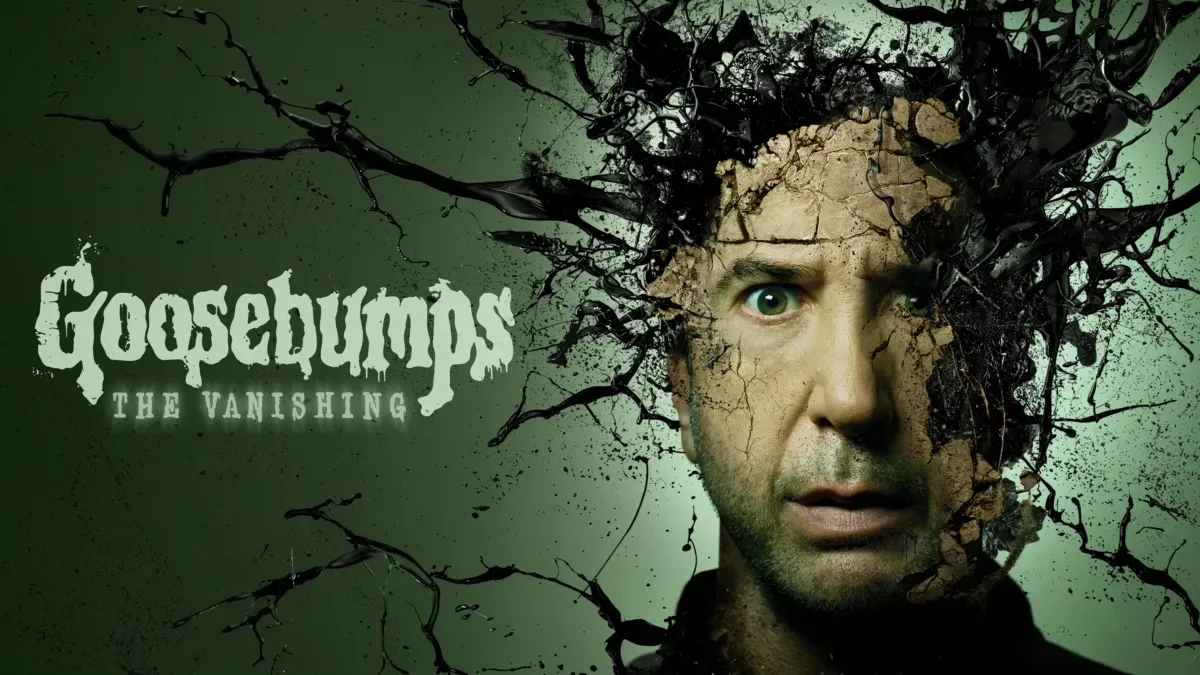The Goosebumps franchise has an enduring appeal because it straddles the line between nostalgic comfort and childhood fears. Since it began in the early 1990s, the series based on R.L. Stine’s popular stories has undergone dramatic change. Goosebumps was first a way for young readers to get into horror books, and now, with Goosebumps: The Vanishing, it has found a place in modern TV.
The narrative shifts to Gravesend, Brooklyn, for the second season, where teenage twins Devin and Cece Brewer are dealing not only with the ghosts of their past but also with a terrifying supernatural presence that threatens to consume their summer.
Rob Letterman, Nicholas Stoller, and showrunner Hilary Winston are in charge of this revival. They skillfully weave together a tapestry of suspense and youthful exploration. With its anthology format, this season connects to the Goosebumps universe’s rich mythology while allowing for a new narrative each time.
This kind of structural flexibility serves two purposes: it revitalizes the franchise for a new generation while paying tribute to the classic themes that have touched people of all ages. Each episode is like a chapter in a scary book; it takes viewers into a world where the normal and the supernatural coexist, ensuring that Goosebumps’ legacy continues to evolve without losing its core.
Unraveling the Threads of Mystery in Goosebumps: The Vanishing
Goosebumps: The Vanishing, the narrative draws viewers into the lives of Devin and Cece Brewer, fraternal twins on the verge of becoming adults who become entangled in a creepy tapestry made of threads of supernatural intrigue and family history. In this scary story, their father, Anthony, a botanist still trying to figure out what happened to his brother Matty, serves as both a guardian and an unintentional trigger.
The dynamic between the twins and their father is tense due to the weight of unspoken loss and the mystery of family expectations. This sets the stage for the mystery that brings life to Gravesend, Brooklyn, a quiet neighborhood.
A group of teenagers in 1994 decide to explore Fort Jerome, an abandoned military base full of local legends and said to be haunted by the shadows of the past, in the season’s chilling cold opening. The season is reverberated by this brave act, which resulted from a mix of youth and ignorance, serving as the narrative’s pivot. Devin is brave enough to follow in their footsteps, but his actions release a malevolent force connected to his family’s past. This creates a race against time to solve the mystery of Matty’s disappearance.
The exploration of Fort Jerome is more than just a backdrop; it is a character in and of itself, embodying the fears and secrets that haunt the Brewer family. The fates of the missing teenagers are linked to Devin and Cece’s current problems in each episode, which peel back the past.
As the twins negotiate their evolving identities amid the chaos of supernatural forces, the narrative skillfully balances suspense and emotional resonance. The story arcs in Goosebumps: The Vanishing are so well-crafted that they become more than just a horror story; they also reflect on the difficulties of family, loss, and the strength needed to confront the darkest parts of the past.
The Complexity of Youth in Goosebumps: The Vanishing
The rich tapestry of character dynamics in Goosebumps: The Vanishing takes the narrative above and beyond mere fright. The twins Devin and Cece Brewer are navigating the rough seas of adolescence. They are both innocent and becoming more self-aware. Devin is a mix of bravery and vulnerability, and he is drawn into the dangerous charm of Fort Jerome by a dare that touches on deeper themes of loyalty and risk-taking.
His rashness serves as both a catalyst for supernatural events and a reflection of his fight to come out of the shadows cast by family expectations. Cece, who is always trying to do too much, is a good example of the pressure to be perfect that many young people feel. Throughout the story, she struggles with her identity and the emotional effects of her brother’s brave choices, showing a softer strength. Ultimately, she tries to find her new place in a world that seems set on limiting her.
Anthony, their father, is a moving focal point in this narrative. His character is a study in contrasts; he is a strange botanist whose scientific interests hide his deep sadness over his brother’s absence. As Anthony navigates the dangerous terrain of parenting amidst the chaos of the supernatural, Schwimmer gives him a palpable sense of anxiety. His overprotectiveness and sincere desire to shield his children from the past create compelling tension, illustrating the frequently tense nature of parental relationships in the face of unresolved trauma.
This exploration of youth is made even better by the supporting cast. Devin’s childhood friend and romantic interest, Frankie, is more than a love interest. She is a complex character struggling with her goals and limitations. Her dreams are pushed aside by the money problems her single mother is having, which gives her story a bittersweet reality that hits close to home.
Alex’s rebellious spirit warns of the societal pressures that can affect a young person’s decisions, while CJ’s comedic relief hides a desire for acceptance. Each character is carefully woven into the story, and their arcs resonate with authenticity and emotional depth, creating a collective narrative that is as eerie as the ghosts they meet. The weight of the past, the struggles of youth, and the search for identity in a world full of uncertainty are all explored in Goosebumps: The Vanishing through these character interactions.
Navigating Bonds and Fears in Goosebumps: The Vanishing
The eerie threads of supernatural horror are expertly woven into Goosebumps: The Vanishing’s narrative, crafting a story that deeply affects its audience. The series’ emotional core is the bond between Devin, Cece, and their father, Anthony. Devin’s impulsive search for adventure contrasts sharply with Cece’s cautious pragmatism, creating a dynamic that is both relatable and complicated.
An underlying tension characterizes their interactions. Their family’s bond is strengthened by Anthony’s struggle to protect his children while dealing with his unresolved grief, illustrating how trauma can break relationships even as it forges connections. This complex portrayal goes beyond just telling a story; it shows the complex dynamic of love, fear, and the desire for understanding that permeates many family relationships.
The series skillfully addresses the many worries of adolescence against the backdrop of supernatural happenings. As the characters deal with the tricky parts of being young, identity, group pressure, and the fear of the future play a big role. The horror parts not only serve as exciting plot devices but also as metaphors for the internal problems that teens today face.
The narrative is greatly affected by the fear of the unknown, whether it’s about the mysteries of the past or the unknowns of growing up. Goosebumps: The Vanishing challenges its audience to confront their fears by contrasting these common worries with the fantastical, making the supernatural not just an outside threat but a reflection of the chaos and complexity that come with growing up.
Crafting Terror: Visuals and Effects in Goosebumps: The Vanishing
The setting of Goosebumps: The Vanishing serves as a key vehicle for the series’ central messages of fear and mystery. The show goes beyond typical children’s horror because it was made with Wētā FX, a company known for its groundbreaking work in monster design.
The careful care that goes into creating the supernatural elements gives the narrative life and turns the plot’s ghosts into real-life entities that haunt both the characters and the audience. Each creature isn’t just something made up by the characters; it’s a manifestation of their darkest fears, carefully crafted to make the reader feel both awe and fear.
Some scenes, like the scary reveal of the black, oozing spores that infect Anthony, show how well real effects and computer-generated imagery can work together. The way the tendrils creep down his arm shows the grotesque beauty of horror, showing how dedicated the show is to an unsettling and captivating style.
While exploring Fort Jerome, another scene that stands out is the interplay of shadow and light, which creates a palpable sense of dread and draws viewers into a high-tension atmosphere. These visual accomplishments improve the writing and emphasize the value of good design in creating a truly immersive horror experience, reminding the audience that what they see—and what they don’t see—is often what scares them the most.
The Dance of Fear and Laughter in Goosebumps: The Vanishing
In Goosebumps: The Vanishing, the delicate balance between horror and humor is expertly negotiated, crafting an unsettling and entertaining atmosphere. The series uses comedic moments not just to break up the tension but also as important elements that deepen character relationships and add to the overall dynamic of the narrative.
Teenagers’ interactions are full of wit and jokes, frequently balancing out the looming fear with lightheartedness. This interplay enables a nuanced exploration of young confidence in the face of supernatural fear, illustrating how humor can serve as both a shield and a gateway to more profound emotional truths.
Much care goes into building suspense throughout the series, with pacing gradually raising tension while keeping viewers interested. Each show has a deliberate rhythm, going back and forth between quieter, character-driven moments and action-packed bursts. The cold open creates a sense of impending doom and draws the audience into a web of mystery that gets tighter over time. The stakes increase as the narrative progresses, creating a palpable sense of urgency that permeates the atmosphere. This expertly crafted suspense keeps viewers interested and makes them want to stay in the tension longer, making the scares that come later hit harder. The Vanishing is a thoughtful exploration of fear that is still approachable to its young audience in this dance between horror and humor.
Gazing Ahead: The Future of Goosebumps
Goosebumps: The Vanishing is a great addition to the franchise, combining character depth and atmospheric tension. The best things about this season are how well the characters are developed and how well the humor is woven into the horror plot, creating a satisfying and suspenseful experience. But the pacing isn’t always good; some shows feel too long, risking losing the tension built up earlier.
The idea of more payments is very appealing when I think about the future. The established mythos of the Goosebumps world are ripe for more exploration, especially when digging deeper into the pasts of supporting characters and the mysteries surrounding Gravesend.
Future seasons could benefit from improving narrative pacing, ensuring that suspense is kept consistently without compromising the emotional growth of its characters. The series could evolve into a more in-depth exploration of the adolescent experience by embracing the complex interplay of fear and humor that has defined this season, allowing viewers to confront both the supernatural and the real worries of growing up.
The Review
Goosebumps: The Vanishing
By combining strong character development with an interesting mix of horror and humor, Goosebumps: The Vanishing brings the beloved franchise back to life. It goes beyond typical children's fare with its moody visuals and thoughtful exploration of familial and teen themes, though minor pacing problems can slow it down. Overall, the series finds the right mix of suspense and emotional depth, making it interesting for young audiences and adults who miss the old shows.
PROS
- Strong character development, particularly among the twins and their father.
- Effective blend of horror and humor, enhancing emotional engagement.
- High-quality visuals and innovative special effects thanks to Wētā FX.
- Engaging exploration of adolescent themes and family dynamics.
- Well-crafted suspense and thrilling atmosphere.
CONS
- Occasional pacing issues that can disrupt narrative flow.
- Some supernatural elements may feel underexplored.
- Limited background development for supporting characters.





















































